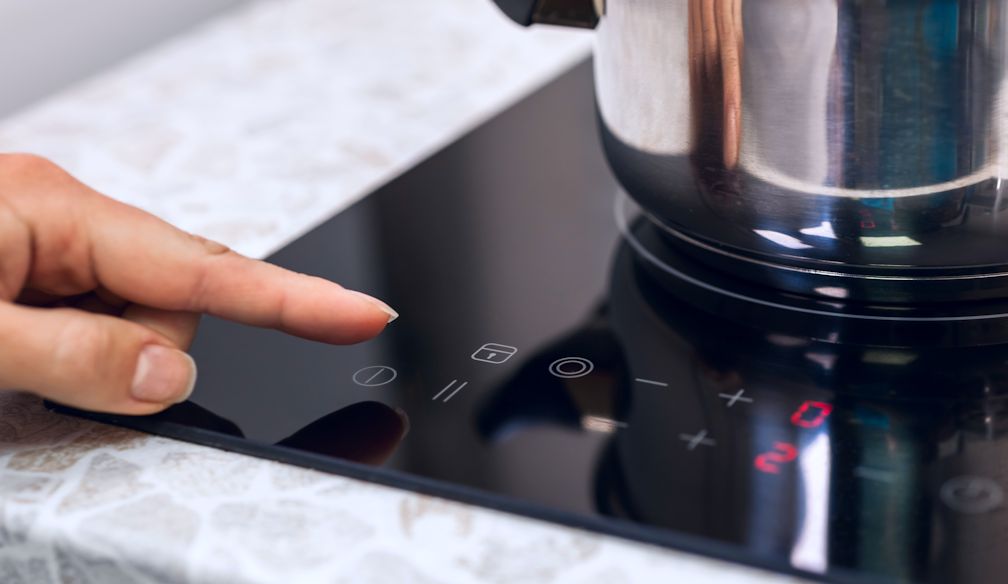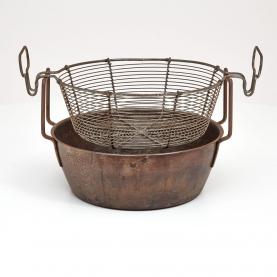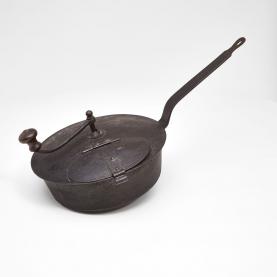Cooking
Cooking techniques vary depending on the way heat is transmitted to the food. Cooking can be done in water, with steam, by contact with a hot surface, in deep frying oil, by braising or in an oven. The 20th century saw a new technique appear with the arrival of the microwave oven.
The advantage of cooking food
Many types of fruit and vegetables, meat, fish and eggs can be eaten raw. Cooking makes them more digestible and more appetising and makes it possible to change their texture, develop new aromas or eliminate toxic elements. Humans are thought to have used fire to cook food, even before they fully mastered it some 500 000 years ago. Food has been grilled, boiled, cooked in ashes and, for 10 000 years, cooked in ceramic containers. Nowadays there are many different cooking techniques.
The defining features of the six main cooking techniques
Cooking techniques vary depending on the way heat is transmitted to the food. They can be divided into six groups: cooking in water, with steam, by contact with a hot surface, deep frying, by braising, and baking in an oven. These traditional techniques are now joined by the techniques of cooking in a microwave or vacuum cooking.
Cooking food in water heated to 80°C enables proteins to coagulate. At boiling point, that is 100°C, it makes starch digestible.
Steam cooking can be carried out under normal pressure in steamer baskets, or under augmented pressure in pressure cookers. The latter are an application of a technique invented by the French inventor Denis Papin as far back as the 17th century.
The delicious aromas that are released during the preparation of potato rissoles or grilled meat on a very hot surface are due to countless aromatic compounds created by a reaction between carbohydrates and proteins. This is called a Maillard reaction, named after the French biochemist who explained the phenomenon in 1912.
Immersing food in hot oil (160°C to 180°C) enables fast cooking while giving the food a crispy texture. Deep frying also creates many aromas.
Slow cooking or braising is carried out in closed containers with very little liquid. It tenderises plant fibres and dissolves the protein sheath that surrounds muscle fibres and makes meat stiff.
In a traditional oven, heat can be transmitted either by direct contact on the oven floor, by hot air, by pulsed steam or by radiation from a coil.
The first microwave oven appeared in 1953. It heats food by making the water molecules contained in the food vibrate. This vibration is caused by electromagnetic waves.
Vacuum cooking actually involves using water or steam to cook food that has been vacuum-packed in a sealed bag.
Some specific applications
Roasting coffee is another form of cooking and a perfect example of how aromas may be created. Strictly speaking, the aromas that we associate with coffee do not exist in green coffee. It does, however, contain their precursors. The aromas are created by the chemical reactions produced when coffee beans are grilled at a high heat. For a long time, green coffee was roasted in family kitchens.
Stewed or braised dishes are nowadays made in the traditional casserole dish. This has a very heavy lid that prevents steam from escaping. In the 18th century, meat was braised in a stew pot placed on hot embers. The lid, which seals the pot, would sometimes have a rim on which embers could be placed to add a second source of heat at the top of the container.
SCHÄRER, Martin R., BUTTY, Pierre, RABOUD-SCHÜLE, Isabelle, STÄUBLE TERCIER, Nicole, 2002. Cuisiner Manger Acheter Digérer. Vevey : Alimentarium.
JEANGUYOT, Michelle, SEGUIER-GUIS, Martine, DURIS, Daniel, 2003. Terres de café. Paris : Cirad-Magellan & Cie.








